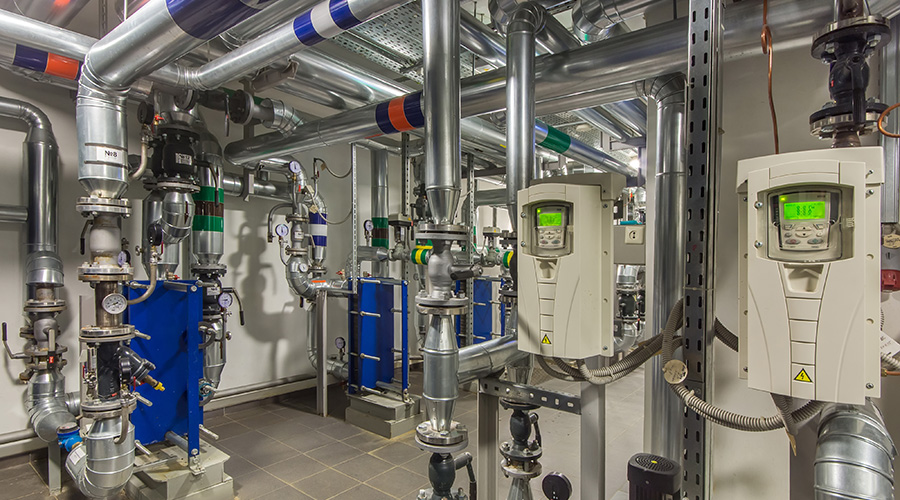Analyze VFD (Variable Frequency Drive) Retrofit Applications To Ensure Savings
Variable frequency drives have a well-deserved reputation for energy savings. But it’s important to analyze VFD retrofit applications carefully to ensure that the project will yield expected savings. The nature of the system VFDs are applied to will determine the extent of possible savings.
VFDs have proven their value in a wide variety of applications where energy can be saved by reducing the speed of a motor. With variable-torque centrifugal pump or fan applications, reducing the motor speed saves more energy than you might expect, since energy use decreases by a cube function in relation to the reduction in motor speed.
To Rob Knight, senior associate, Environmental Systems Design, the benefit of a VFD goes beyond energy savings. “I like that there’s energy savings,” he says. But to Knight the best thing about a VFD is that it offers a way to enable the system to best meet the application. “I find that varying the flow of something is usually a very precise way of meeting the load. A VFD is a tool to make the system run better.”
Most comfort cooling or water pumping applications are designed for the worst case, which means that they’re oversized for conditions that exist most of the time. The VFD enables the system to match the load. “In a new build, we almost always apply VFDs,” Knight says. “We use the VFD as the basis for matching load in most cases.”
When it comes to existing buildings, however, things can be more complicated. To ensure that the VFD will be effective, it’s important to take a close look at the equipment that’s already installed. “You need a way to slow the motor down,” says Knight. “If you don’t slow the motor down, you don’t get savings.” Existing systems that apply constant speed motors with mechanical restrictions to deliver variable flow are prime candidates for energy savings with VFD. Systems that require constant flow, however, will typically require more expensive mechanical rework in order to capture VFD savings.
For example, if a constant volume pump is delivering water to heating coils that have three-way valves on them, it won’t be possible to reduce the pump speed without making other changes to the system.
A lot of existing pump and fan systems have some way to reduce the flow, Knight says. “If your system already has some mechanical means of limiting flow by increasing pressure drop, that’s a great candidate for a VFD.” In this case, the mechanical means — such as dampers, vanes, or valves — should be removed during VFD installation.
What’s more, if the mechanical restriction was automatically controlled, you may already have the sensor you need for the VFD. In other words, it might be possible to reuse an existing differential pressure sensor to control the new VFD speed, instead of the old dampers, vanes, or valves.
But the potential for energy savings will vary from one system to the next. For example, the savings from replacing vortex vanes with a VFD aren’t as dramatic as the savings from replacing an old constant volume fan that had an isolation damper to reduce flow, Knight says.
Knight says that there are many opportunities for the use of VFDs in retrofit applications. “The savings are very compelling. In most cases there is something you can do, but you have to be a little clever when you’re looking at retrofits.” It’s not as simple as slapping a VFD on instead of a starter and assuming that energy use will drop. “You have to get the application right,” says Knight.
Related Topics:












